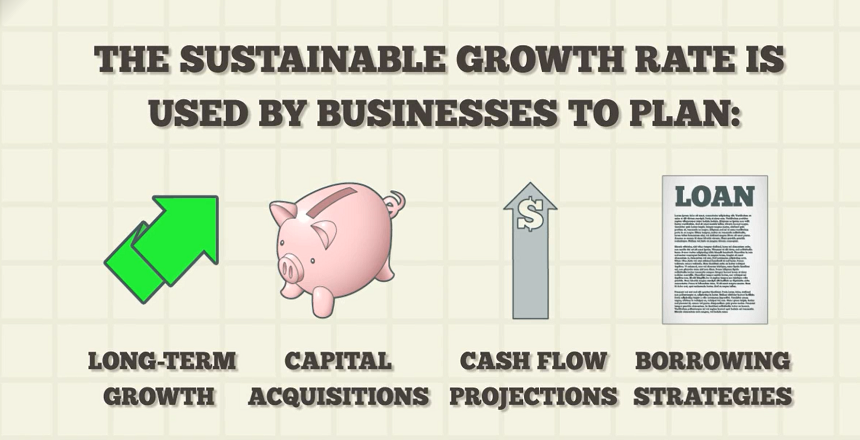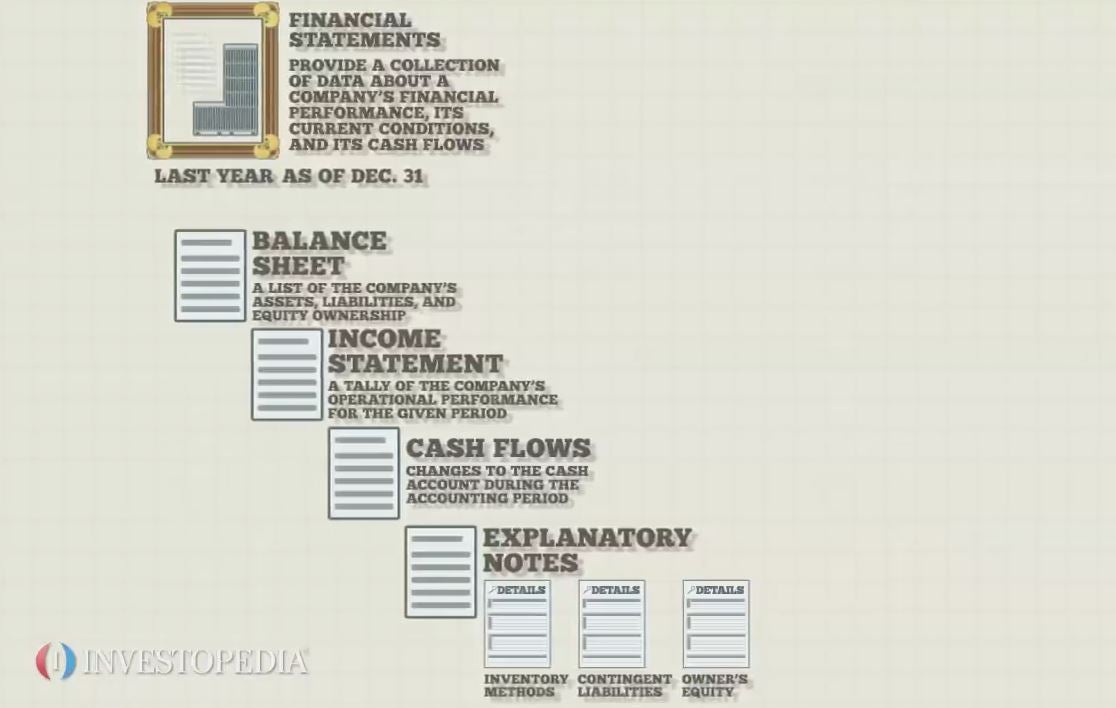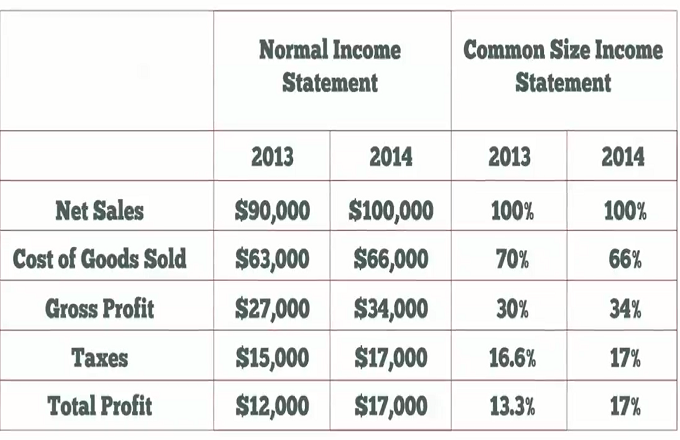Degree of financial leverage (DFL) is a metric that measures the sensitivity of a company’s operating income due to changes in its capital structure. The DFL calculation focuses on EBIT with and without interest. This formula is: DFL = EBIT/(EBIT-Interest) DFL is best used to help a company determine an appropriate amount of debt, and how that debt will affect its operating income. The higher the DFL, the higher the financial risk. ABC Company earned $500,000 in Year 1. It had no debt, so its EBIT and EBIT – Interest are the same. The DFL ratio is 1. Now assume ABC is considering expanding its manufacturing facility, at a cost of $1 million. If ABC borrows the money, it will incur $60,000 in interest expenses. The decision to borrow is based on the amount ABC’s managers think revenue will increase because of the expansion. Assume it is estimated that ABC’s revenue for Year 2 will increase to $600,000 as a result of the expanded business. Now ABC’s DFL is: Year 2 DFL = $600,000/($600,000 - $60,000) = 1.11 This means that for every change in earnings before taxes, there is a 1.11x change in EBIT. If this, in fact, does happen, then management’s decision to borrow the money paid off, because the increase in revenue more than covered the debt incurred to fund the expansion.





